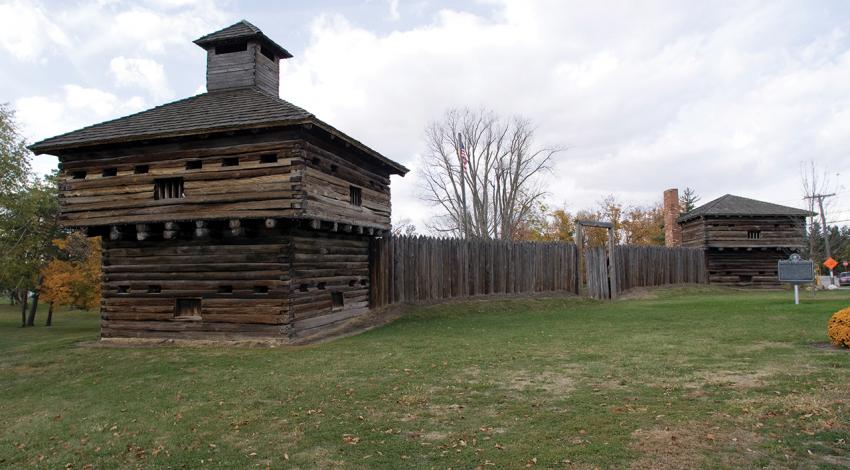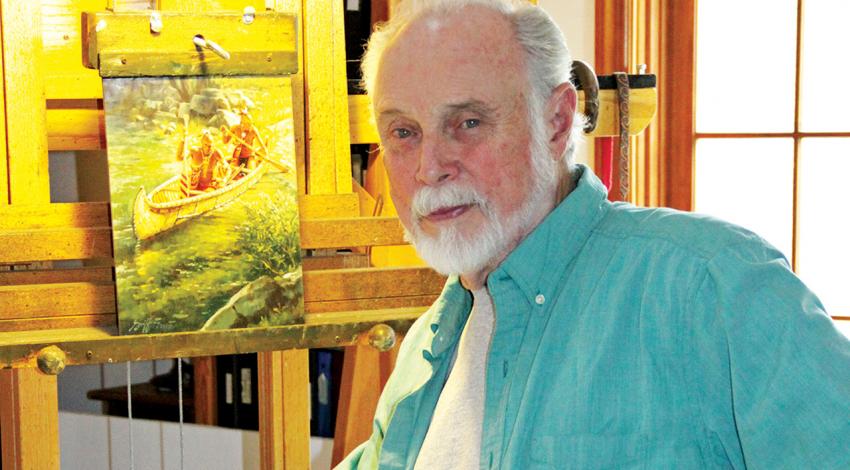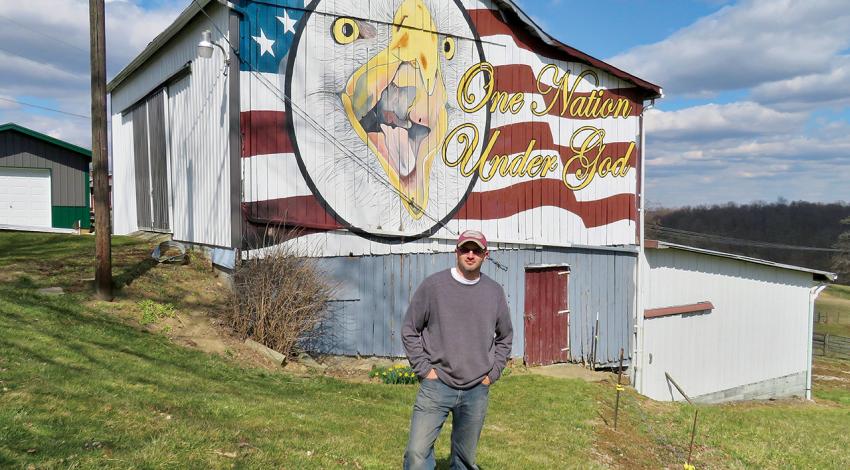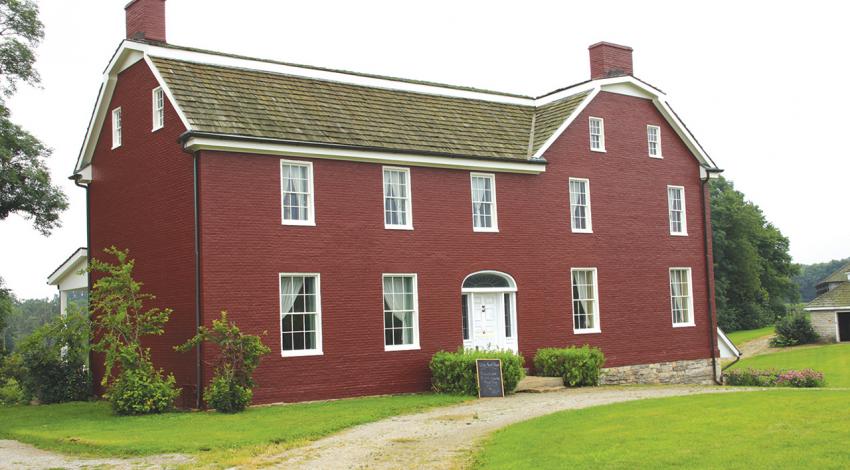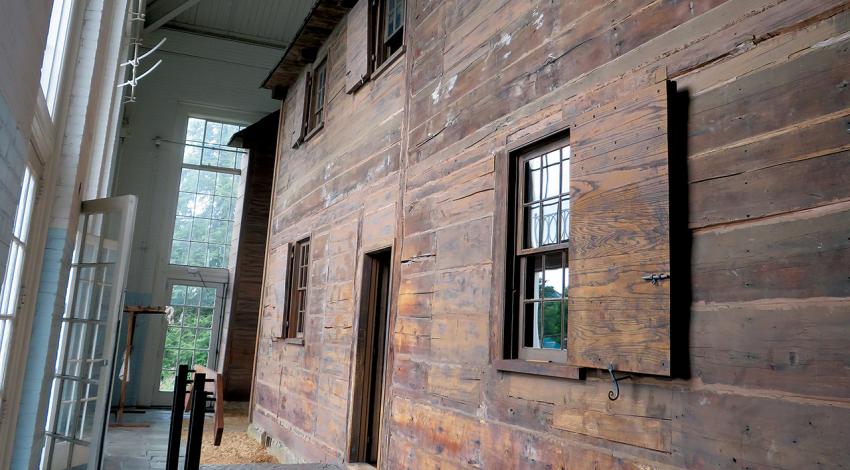Ohio history
Where others see modern-day cities, he sees ancient Indian villages. Where others see today’s crop fields, he sees vast virgin forests. In short, Robert Griffing sees Ohio as it was long before it ever became a state. He also sees — and paints — the Native American people who lived here more than 250 years ago.
During the early 1800s, Ohio was the western edge of America’s frontier. A few Native American tribes still remained in the state, but the Indian Removal Act numbered their days. Passed by the U.S. Congress in 1830, the Act required all Indians living on reservations to move west of the Mississippi. The last to leave the Buckeye State were the Wyandot, and the man tasked with making that happen was John Johnston (1774–1861).
Kelleys Island residents welcome the return each spring of their “feathered tourists” — songbirds, waterfowl, and raptors that pass through on their way to Canada.
So it was a rather obvious decision for the island’s innkeepers to band together to create an event around it. “Nest with the Birds” began in the 1980s as a way to drum up some early-season bookings by offering guided hikes and migration-related programs for birdwatchers.
